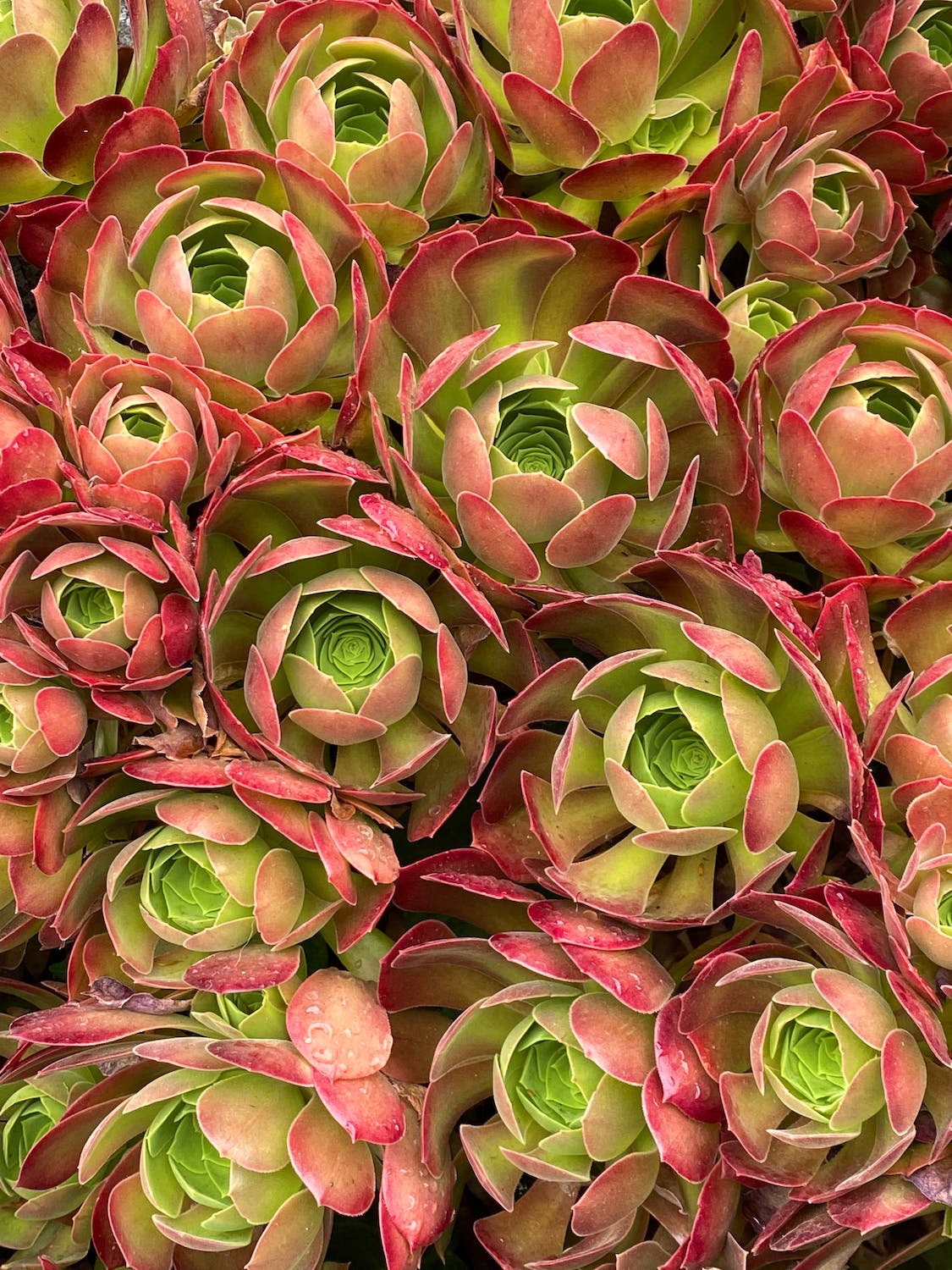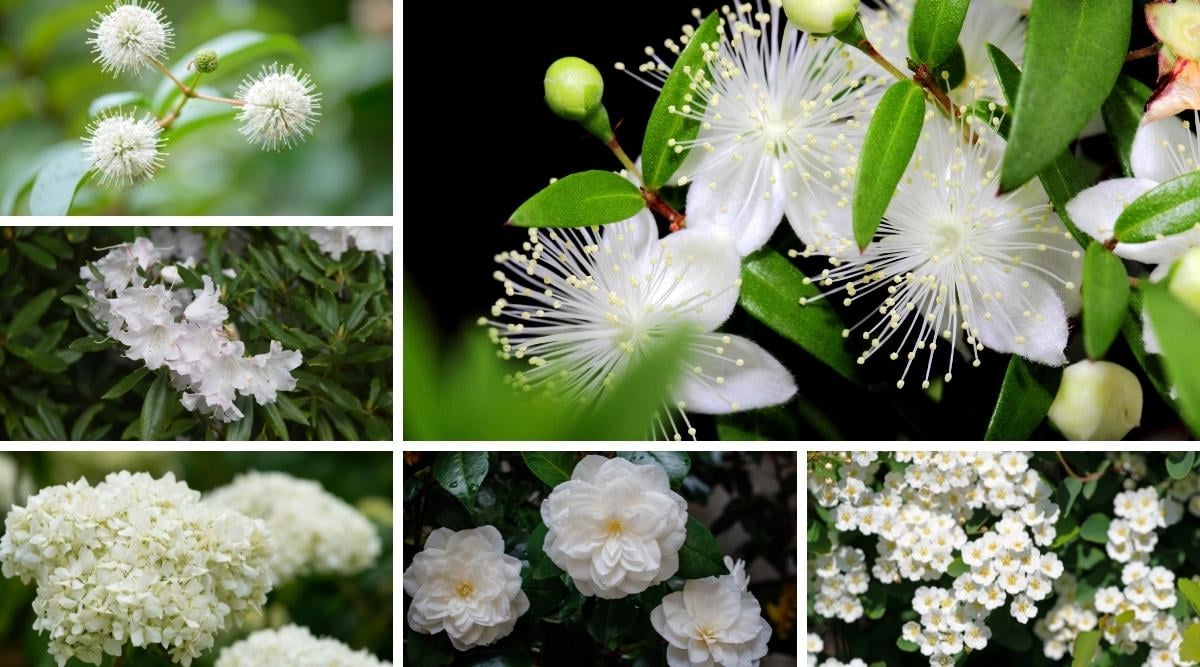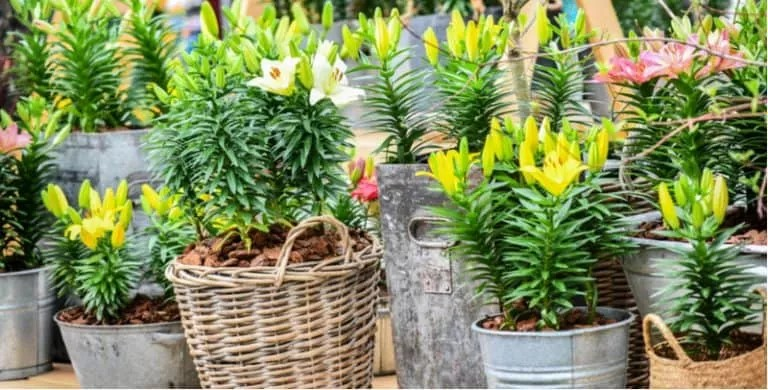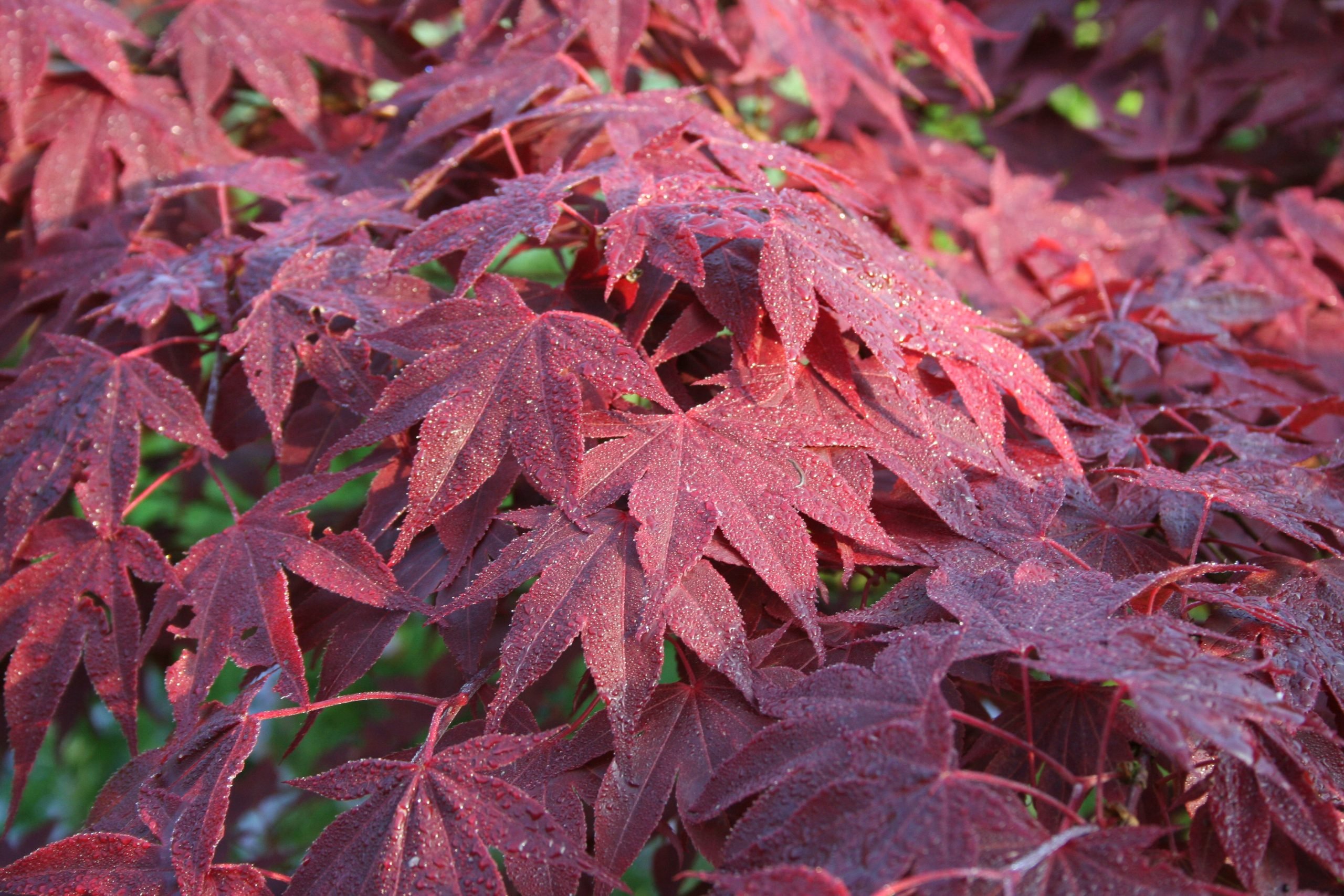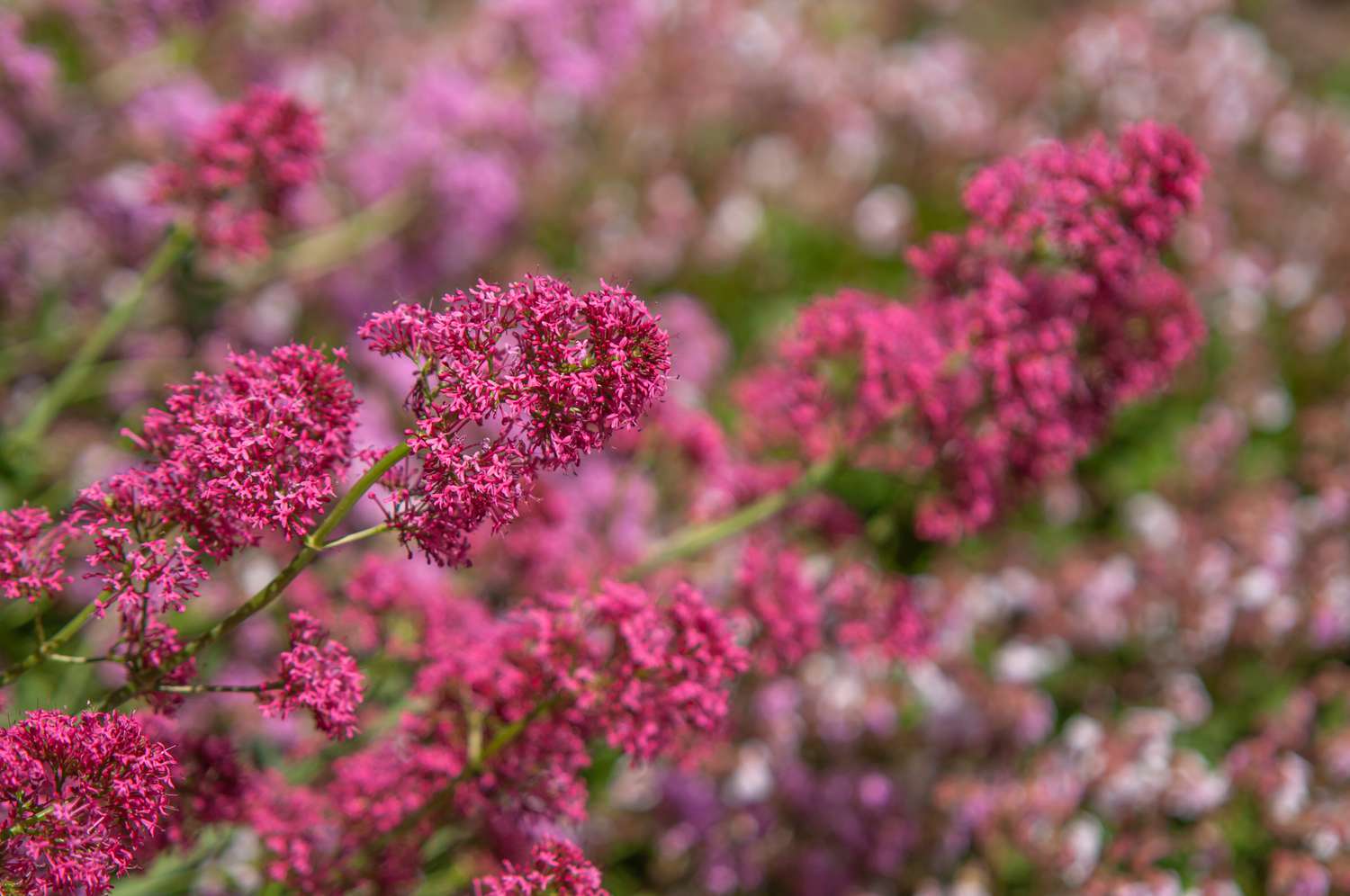The Right Way to Grow and Prune the Cotoeaster Shrubs
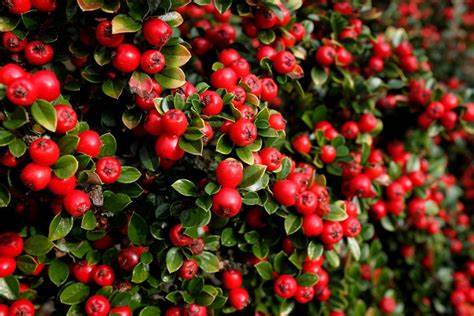
Table of Contents
Cotoneaster is a flowering plant that is part of the Rose family. These plants are known as wild plants and have 70-300 species around the world. You can find variety in this species, from climbers to shrubs, so people grow these plants based on the requirement.
Some people grow them to attract the pollinator or as decorative, but some species are considered invasive weeds. They grow fast, so knowing when to prune cotoneaster is important. This way, you can control its growth and give it an appealing look.
The most fascinating fact about these plants is that they attract pollinators not because of their flowers but for their pollens.
Material Required for Growing Cotoneaster
1. Seeds
2. Mulch
3. Planters
4. Pruners
How to Grow Cotoneaster
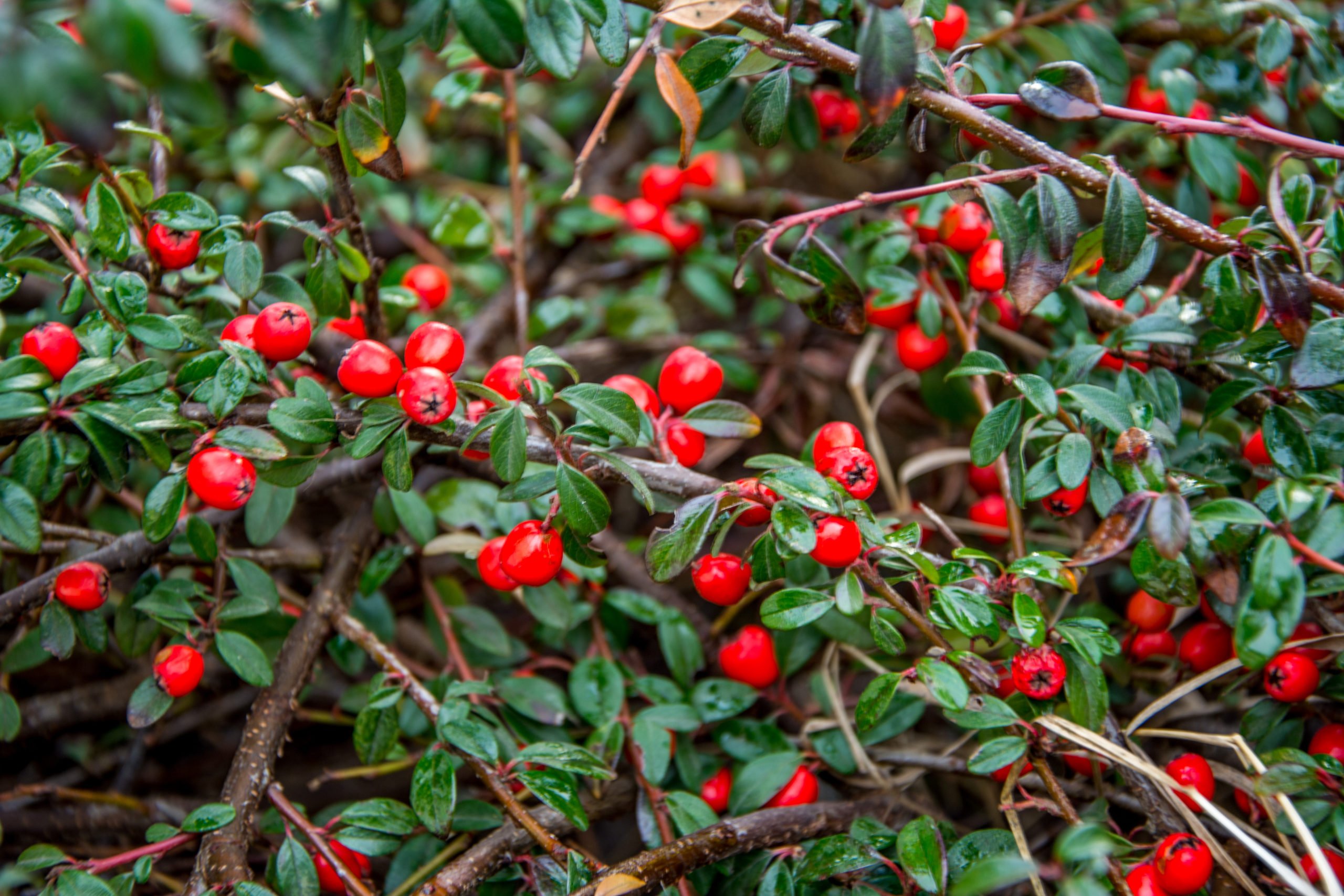
1. Know Your Need
The major question before growing these shrubs, you need to think about the needs for which you are growing these shrubs. People grow these shrubs for various reasons, and they are listed below:
Ground Cover
This is the most popular use of cotoneaster. These shrubs are used to provide low barriers or decorate the rock garden. The species that you can use as ground cover are Bearberry (C. Dammeri), Cranberry (C. apiculate) and Tibetan (C. conspicuous).
You can choose the variety based on their colour and leaf shape and prune them in specific shapes or designs for an aesthetic look with your garden theme.
Barrier>
These trees are mid-size plants, mostly used to create boundaries or hedges. But, they need to be pruned regularly to keep them in shape, increasing their appearance. The species that you can grow as barriers are: Black Fruited (C. metacarpus), European (C. integerrimus) and Grayleaf (C. glaucophytes).
If you are thinking of growing the cotoneaster for your garden or the walls of your kitchen, then ground covers are the best choice. But, if you think of planting them as a decorative garden, go for barrier species. Cotoneaster grows fast and needs proper space to provide that prune your plants regularly.
2. Find the Right Spot
After knowing the right type of plant that you want in your garden, you have to find the right space because it can influence the choice of plant you want to grow. Choose an area where adequate sunlight is available for the survival of the plant. You can use the ground creepers as climbers, decorating your wall and making it look better and brighter.
3. Plant Your Seeds
Now, after finding the right spot, you must know the right time to plant the seeds. Plant seeds during autumn, and make sure to keep your soil moist.
Use a bucket to measure the hole you dug in the soil. For better results, add mulch to the earth, and it also prevents weeds thus, avoid the chances of destruction. Ground cover should be planted two to three feet apart, whereas Barriers should be planted six feet apart. This way, you can give them space to spread naturally.
If you plant them in planters, then also they have the same soil requirements. Use a big planter to plant the seeds of cotoneasters, and don’t forget to place them in a bright spot. Ground covers need support, whereas barriers can grow without support because they have hard stems.
4. Propargation of Cotoneaster
Let your cotoneaster germinate and grow into a shrub or tree. In the spring, your shrubs will grow out of the soil and bloom. However, when these flowers grow out of the soil, they propagate too fast. Thus, need regular shrub pruning; secondly, pruning also helps control the growth of the cotoneaster.
Now, the question that arises is, when to prune the cotoneaster? Before knowing the answer to this question, you need to know the care tips.
Caring Tips of Cotoneaster
1. Sunlight
Sunlight is the most important thing we must consider for a plant. In the case of a cotoneaster, place it in a spot where sunlight is available. A brighter spot helps in the production of Auxin and promotes bud growth which later blooms into beautiful flowers.
2. Temperature
Cotoneaster is a wild plant that can withstand harsh conditions. They can withstand freezing climates and hot summers. However, the maximum temperature they can bear is 20°C.
In the spring season, you can get the chance to see radiating hues on the plant and also berries. And if you love sitting in your garden, you can spot the pollinators on the plant.
3. Soil and Water
Damp soil is the most favourable, over wet soil, and should be prevented as it can rot the plant. The plant should be watered regularly in summer, but in winter and rainy seasons, watering can be done once a week.
How and When To Prune Cotoneaster?
Pruning is actually for aesthetic appeal, which is done as per convenience. You can prune the plant based on your taste and shape. Early spring is the best time to prune the plant; the freshly growing stem should be pruned if it grows out of fashion. But, avoid pruning after the spring season; otherwise, it will wither off in the next season.
Remember that pruning can’t be done using hands; this may damage the plant, and it will not get the shape you expect. Good things take time, so prune cotoneaster with patience and let them make your garden adorable.
Diseases and Pests that Affect the Cotoneaster
1. Fire blight
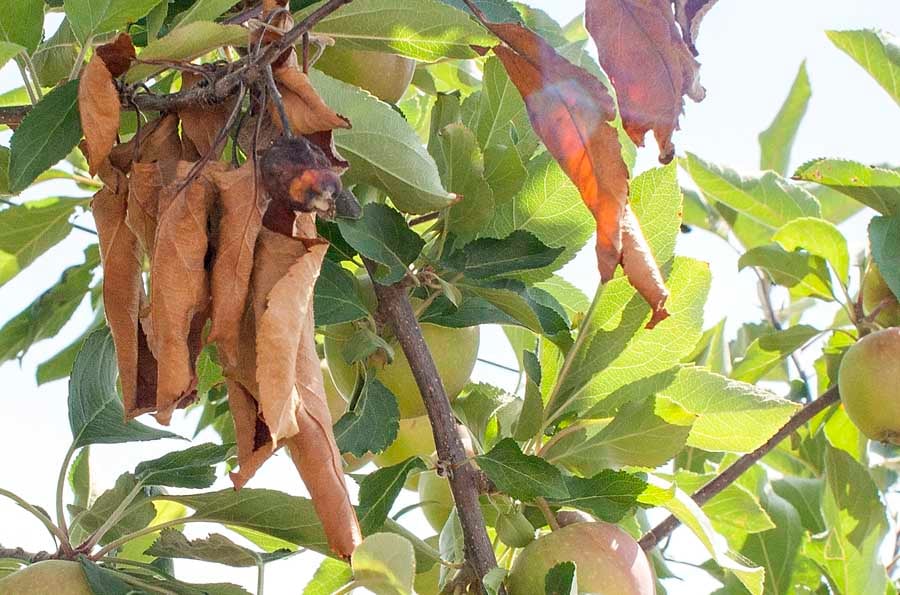
Cotoneaster is a wild plant and very rarely gets affected. Still, they can get affected by the fire blight.
Fire blight is a bacterial disease caused by Erwinia amylovora, a gram-negative bacteria. Research shows that bacteria come in contact with the plant with the help of pollinators. Butterflies are mostly attracted to the ooze, spreading the bacteria to the tissues.
Bacteria mostly affect the vascular tissues of the plant. The significant symptoms shown by the cotoneaster are blackening and lesions. The bacteria even spread when the affected plant’s bird, pollinator or water comes in contact with the healthy plant.
Unfortunately, their no cure for fire blight as they invade the vascular system and propagate inside the tissues.
Preventive Measures:
- Plants are sprayed with Copper sulfate and streptomycin to prevent the infection.
- Prune off the branches which are affected by the fire blight.
- Regularly check the plants for infection; external destruction of the bacteria is better in fire blight.
- Tree trunk injections are available, where potassium phosphites (PH) or acibenzolar-S-methyl (ASM) are injected to avoid infection.
- Prohexadione calcium is a plant hormone recommended to avoid blight.
2. Scale Insects
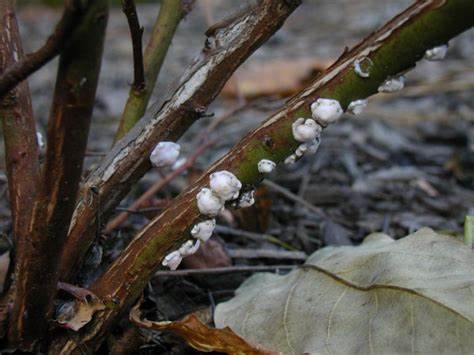
Scale insects are a diverse group of microorganisms and belong to the Hemiptera, and aphids closely belong to this class. These organisms consist of appendages and a needle-like mouth, which they use to suck the sap of the host plant. They even interfere with the photosynthesis of plants.
Insecticides are not so effective in eradicating scale insects because of the hard shells they have on their body.
Preventive Measures:
- Monitor the crawling insects in the plants; you can mostly see these insects during spring.
- If you detect the crawler in your plant, use water and sprinkle it over them in force. This way, with the use of force, eggs or nymphs that are present in the plant may get dislodged.
- Remove the stems or branches which show the formation of mould.
- Use Lacewings and ladybugs to remove scale insects, as these are natural predators.
3. Aphids
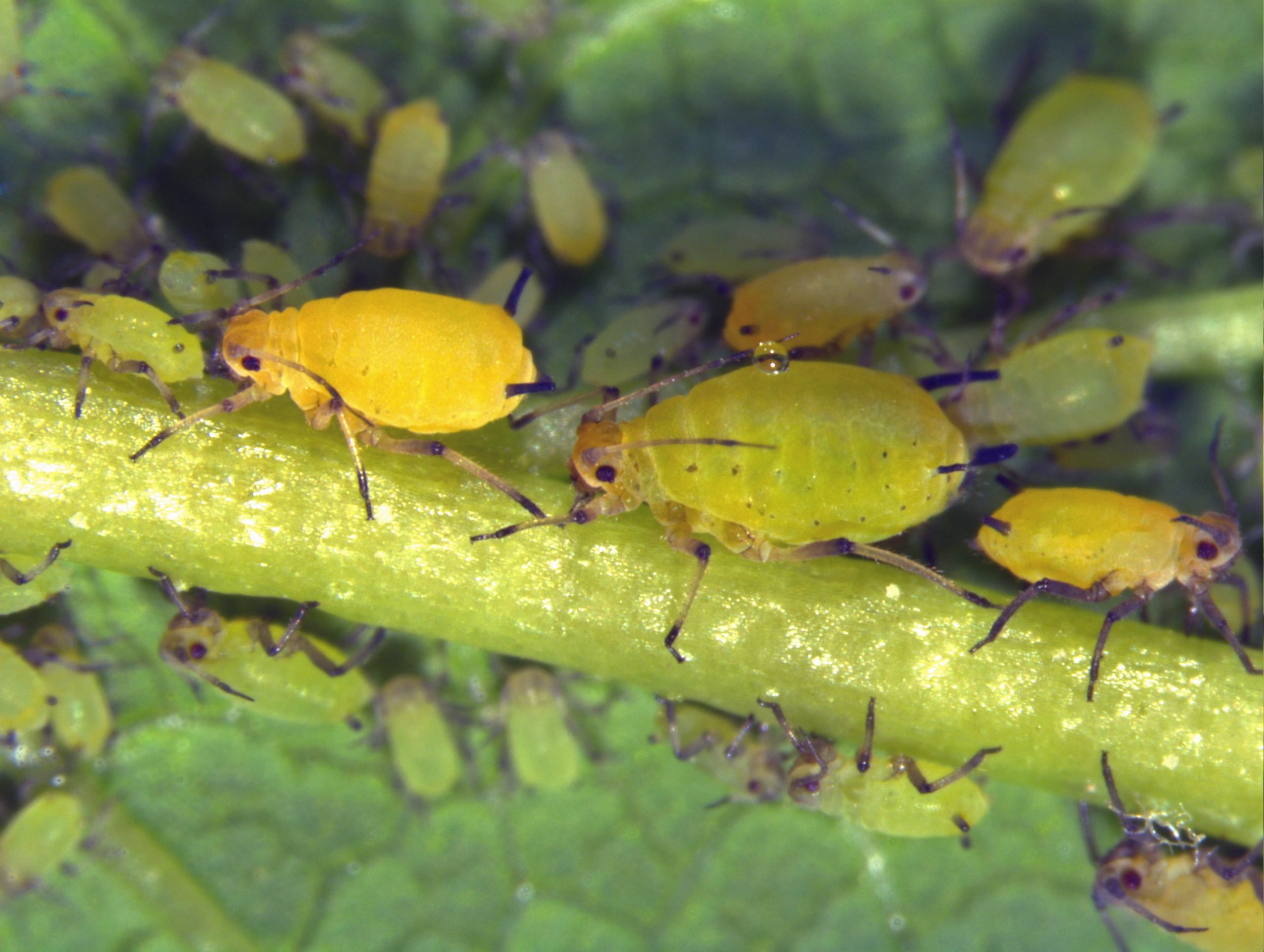
Aphids are soft-body organism which has a sucking mouth. They feed on plant sap and affect leaves. These organisms occur in colonies and affect only leaves, not the whole plant.
They even produce honeydew which promotes fungus growth in plants. At the same time, there are also secondary problems that can be seen after aphid infection. For example, some aphids also transmit viruses and thus destroying the whole plant’s growth.
Preventive Measures:
- They can be prevented with early detection as you won’t be able to detect the growth easily, weekly examine the plant for the colony near the bud or internode.
- In the early days, you could use your hands to crush or destroy the colonies.
- If you detect aphids in large numbers, then there are aphids controlling insecticides.
- Controls Whitefly, Greenfly, Powdery mildew and other pests
- Pesticide-free
- Works by physical action
Conclusion
Cotoneaster is easy to grow, and being wild plant species, they require very less effort. Yet, they need care and investment for better growth. These plants are known for their aesthetic and the little berries they bear.
So, grow them in your garden or planters. Let them bring more compliments to your beautiful house. But remember that you must choose the seed and species you want to grow in your household.
When to prune cotoneaster; is not a question anymore because you just need to hold the shears and cut their leaves off for better shape and size. I think now you know, How and when to prune a cotoneaster?
If you found this blog interesting and valuable, don’t forget to comment below. And if you have any questions or suggestions, don’t forget to contact us.
We will try our best to make the content relevant and better for you.


